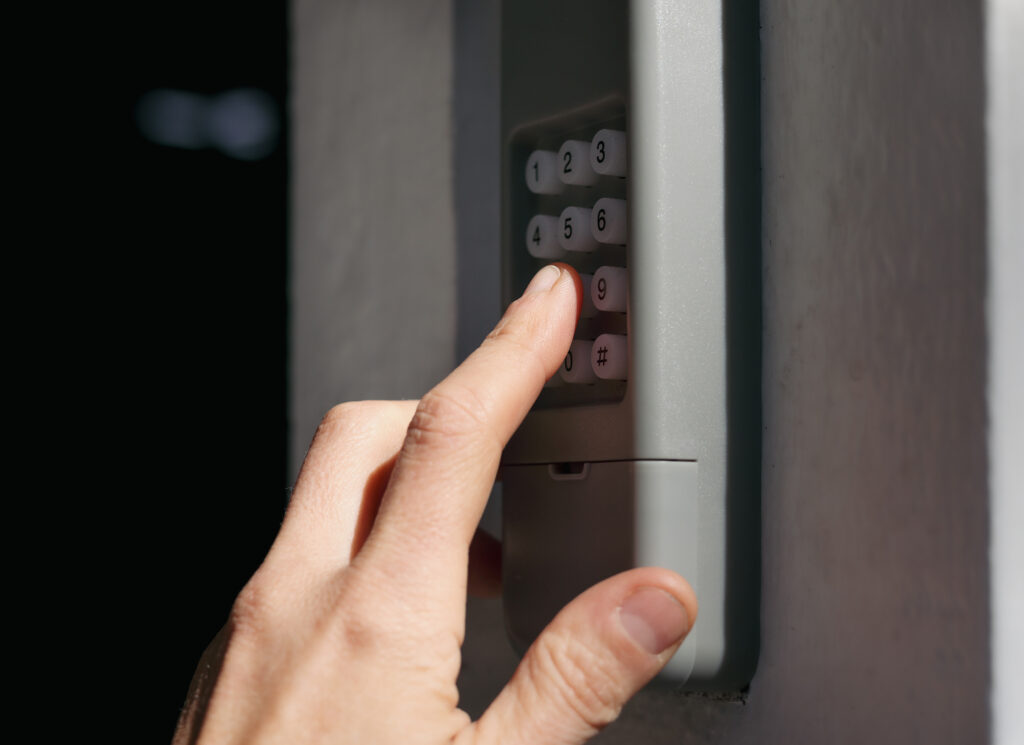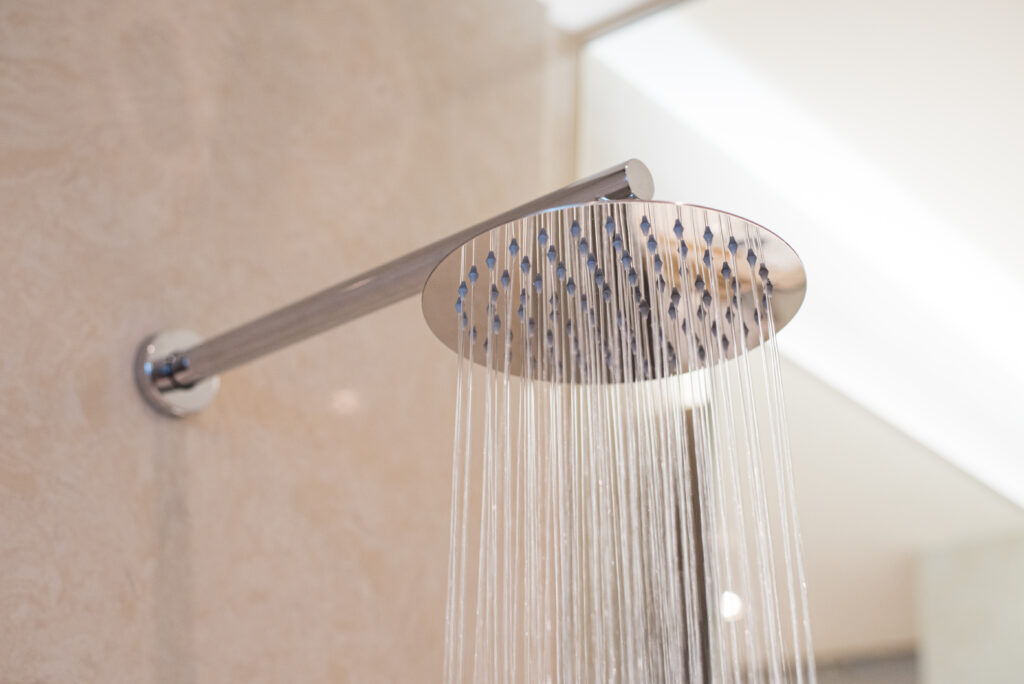How to Turn Your Garage Into a Bedroom (And What That Means for Your Home Systems)
Thinking about converting your garage into a bedroom? You’re not alone. Homeowners all over the country are scouting for creative ways to gain extra living space without uprooting their lives. And hey, the garage—sitting there half-used and full of outgrown bikes and weird garden tools—looks oddly perfect. But before you stack up drywall and throw down some flooring, there’s a little more to think about than aesthetics and furniture placement. A garage-to-bedroom conversion impacts your home systems in important ways. And if you’ve got a home warranty (or are thinking about one), you’ll want to understand how coverage fits in. Let’s dig in.
Why Convert a Garage Into a Bedroom?
Okay, first up: why is this even a thing? Well, cost. Adding an entirely new addition to your home can cost tens and tens of thousands. Permits, foundation work, roofing—there’s a lot involved. Garage conversions tend to be one of the most cost-effective ways to add livable square footage, especially for older homes or growing families. That unused space already has four walls, a roof, and (sometimes) access to electricity. It’s a shortcut to expanding your home without doubling your mortgage.
The Structure: From Storage to Sleeping Space
Let’s walk through what the actual conversion involves. To be considered a bedroom—legally, functionally, and for future resale—the space needs to be insulated, properly ventilated, and wired for electricity. That often means leveling the floor, insulating the walls, updating the wiring, installing HVAC components like ductwork or mini-split systems, and securing the room by reinforcing or replacing the garage door. Oh, and don’t forget the window requirements—most building codes require an egress window for every bedroom. It’s not just a safety thing, it’s a livability thing. When you start making changes to your home’s bones, you trigger other changes, too—namely in your home systems.
Heating and Cooling: Meet Your HVAC System Again
Here’s where things can get a bit tricky. Your home’s HVAC system was probably designed for the square footage that existed before this convo popped into your head. Adding a bedroom means adding a demand that your HVAC might not be built to meet. If the garage has no ductwork, you’ll either need to extend existing ductwork (which can be a big job depending on your layout) or install a standalone solution like a ductless mini-split. Either way, it’s worth a conversation with a licensed HVAC contractor to ensure the rest of your home won’t suffer for the conversion. Also—flag here—many home warranty plans cover HVAC systems, and you’ll want to make sure that any changes you make don’t mess with eligibility or coverage.
Electrical and Plumbing Considerations
You probably don’t think about your electrical panel much, but now’s the time. Adding outlets, lighting, or dedicated circuits (especially if you’re adding things like baseboard heaters or AC units) means your panel needs to be up to the task. If it’s an older panel or maxed out with no room for expansion, you’ll either need an upgrade or reconfiguration. And if you’re adding an ensuite bathroom—which a lot of folks do in garage-to-bedroom conversions—you’re looking at running new water lines and sewer connections. This has big implications both for cost and for any warranties protecting plumbing systems in your home. Like, definitely double check what kind of plumbing updates your coverage allows and whether newly added lines will be covered.
Insulation and Moisture Control: Comfort Matters
Original garage construction doesn’t usually account for people actually living in it—sorry, band practice doesn’t count—so things like insulation are often minimal or nonexistent. Expect to insulate walls, ceilings, and possibly the floor. You’ll want to check with your local building codes on minimum R-values and vapor barriers. Skipping this step guarantees a space that’s too hot in summer, frozen stiff in winter, and haunted by high energy bills. Moisture is another biggie. Garages tend to lack vapor barriers, and without proper planning, you can run into mold or structural damage. And let’s be real—mold’s not just gross, it’s expensive to handle and could void coverage in a few home protection plans if seen as “preventable.”
Permits, Codes, and Future Resale Value
This part sounds like a snooze but stick with me. Permits are not optional. If you convert a garage without getting proper permits, a few things can happen—all bad. You could get fined by your local municipality, have trouble selling the house later, or find that your sweet new bedroom isn’t insurable or covered by a warranty because, technically, it doesn’t exist in the jurisdiction’s eyes. Yup, it was news to us, too. Getting everything inspected and up to code ensures your beautiful new space is truly part of your home—from utilities to safety. Plus, if and when you sell, buyers will want confirmation that it was done by the book.
Why a Home Warranty (Like Armadillo) Helps After the Conversion
Alright, here’s what you really should take away: changing your home changes the way home systems are used—and can affect their performance. That’s kind of the whole point of a home warranty. At Armadillo, we give homeowners smart, flexible plans that actually bend with your life. Let’s say something like your HVAC gets stretched too thin after this conversion. Or plumbing in your new bathroom runs into a clog deep in the new line. If your system is eligible and installed by pros, we’ve got you. Even better? Our modern plans are designed to work around the way homeowners live now, not thirty years ago. That means our protection plans keep pace with how your home grows—garage bedrooms and all. Check us out at www.armadillo.one for more info. And if you’re ready to cover your upgraded home, you can start building your custom plan right here.


























